
Important well-explained summary: “NIH has awarded nearly 3,000 fewer research project grants than it did the previous year”.
27.09.2025 05:36 — 👍 2 🔁 3 💬 0 📌 0@ferhatay.bsky.social
Dad x 2, husband, son, brother, computational biologist, genome scientist, associate professor at la jolla institute for immunology (LJI) and UCSD https://www.lji.org/labs/ay/

Important well-explained summary: “NIH has awarded nearly 3,000 fewer research project grants than it did the previous year”.
27.09.2025 05:36 — 👍 2 🔁 3 💬 0 📌 0I have
NIGMS R35, impact score 12
NIHGRI R21, 4th percentile
NHGRI R01, 7th percentile (co-I)
and it seems like none will be funded. 0/3.
PO (who has been very helpful) said "Unfortunately, I do not expect this application will be selected for funding in FY25."
😭
Oh my god 😱😱 good luck Anders. These are amazing scores..We have multiple single digit %ile grants with collaborators.. one is a resubmission after multiple submissions finally making “the cut” just to have the goal post moved 😥 fingers crossed for some last minute miracle for all of us
21.08.2025 06:17 — 👍 1 🔁 0 💬 0 📌 0Funding policy for 2025 from NCI. Was just released: 4 percentile…maybe!
www.cancer.gov/grants-train...

RegSys Day 2!
Starting the day with a keynote by Roser Vento-Tormo on the cellular components of the placenta and uterus interaction
#ismbeccb2025
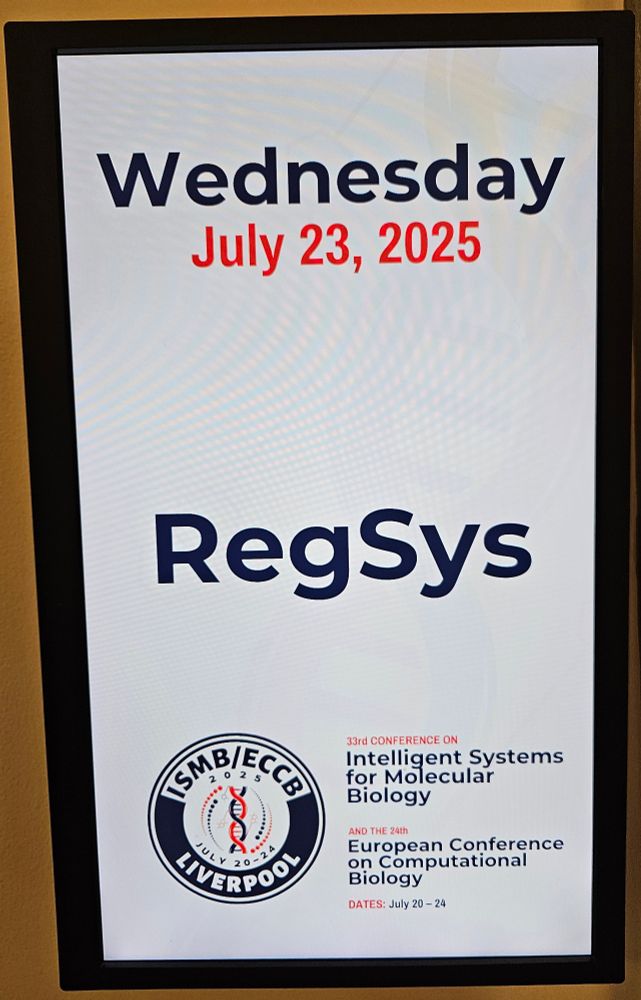
Today marks the start of the #RegSys @iscb-regsys.bsky.social track at ##ISMBECCB2025! Very much looking forward to listening to the exciting science that will be presented.
Join us in room 11BC today and tomorrow.
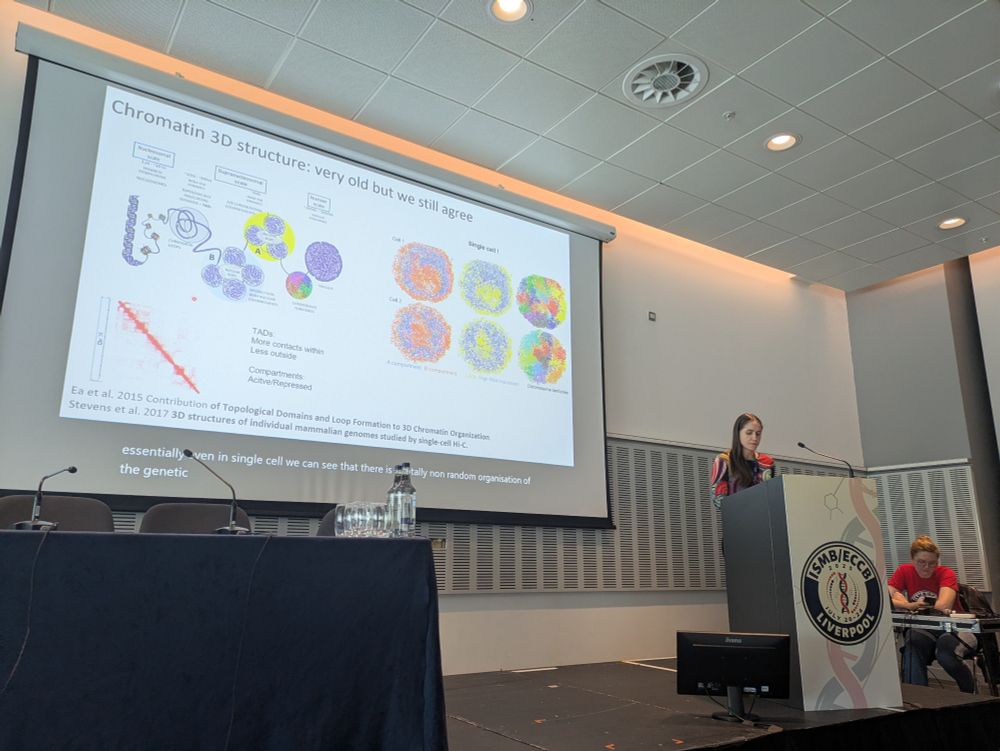
#RegSys is starting with the keynote from @verapancaldi.bsky.social who talks about the changes of chromatin structure and the epigenome in cancer patients #ismbeccb2025
23.07.2025 10:34 — 👍 8 🔁 3 💬 0 📌 0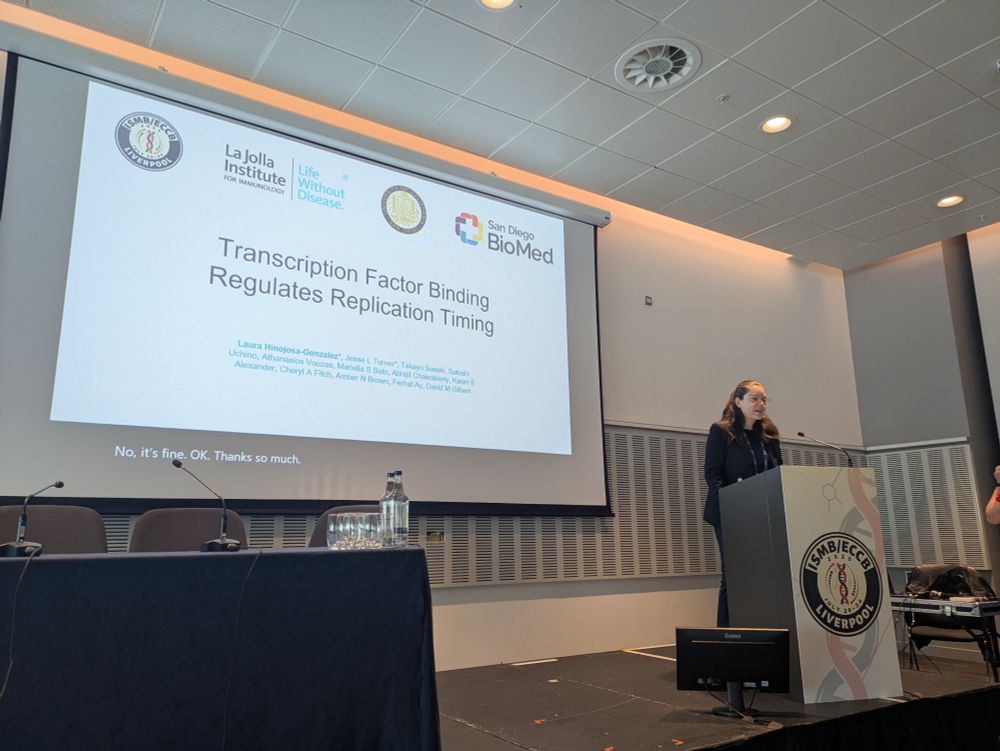
Laura Hinojosa talks about TFs that regulate replication timing
#RegSys #ismbeccb2025 @ferhatay.bsky.social

over 1000 distinct human and mouse HiChIP samples from 152 studies plus 44 high-resolution Hi-C samples. In the paper, we demonstrate its utility for interpreting GWAS and eQTL variants through SNP-to-gene linking, identifying enriched sequence motifs and motif pairs. tinyurl.com/LoopCatalog
23.07.2025 08:52 — 👍 6 🔁 1 💬 0 📌 03 years ago we decided to compile these datasets in one place. We were fortunate to get NIH support for this, which transformed it from a local resource for our lab to a comprehensive data resource. What we named Loop Catalog is now a web-based database featuring loop calls from
23.07.2025 08:52 — 👍 1 🔁 0 💬 1 📌 0The third one is work led by Joaquin Reyna (former UCSD Bioinformatics PhD student) and Kyra Fetter (former UCSD undergraduate student) with help from multiple members of our lab. Seeing the increase in the number and quality of HiChIP datasets and having developed tools for its analysis,
23.07.2025 08:52 — 👍 1 🔁 0 💬 1 📌 0
Knowing what controls RT, which correlates with a lot of different epigenetic/chromatin features, allows for novel ways to engineer cells with desired epigenetic programs. tinyurl.com/EMBO-erce
23.07.2025 08:52 — 👍 0 🔁 0 💬 1 📌 0This highlighted master transcription factor binding sites (Oct4, Sox2, Nanog for ES cells) with contributions from transcription start sites (TSS), and a combinatorial regulation by these core elements, as the basis of RT control.
23.07.2025 08:52 — 👍 0 🔁 0 💬 1 📌 0Here Jesse Turner (FSU and now at NIH) and Laura Hinojosa (UCSD Bioinformatics PhD student) with help from other co-authors dissected the previously characterized ERCEs of multiple kilobases in size down to hundreds of base pairs to map out the core parts which retain control of early replication.
23.07.2025 08:52 — 👍 0 🔁 0 💬 1 📌 0The second one is a follow up of our earlier collaboration with Gilbert lab (SDBRI) where we have discovered ERCEs, regulatory elements that control early replication of DNA.
23.07.2025 08:52 — 👍 0 🔁 0 💬 1 📌 0
This enabled us to understand the contribution of different features to high-resolution RT both locally and globally. Our comparison with not-so-deep learning methods showed that they readily provide a pretty good baseline suggestion non-linear effects may be minimal. tinyurl.com/Soffritto
23.07.2025 08:52 — 👍 0 🔁 0 💬 1 📌 0One of these is more expensive than the other, you can guess. And accordingly, there is (much) more available data from one than the other. Dante developed a deep learning framework that utilizes 2-fraction RT data with histone modifications to predict 16-fraction data with pretty good accuracy.
23.07.2025 08:52 — 👍 0 🔁 0 💬 1 📌 0The first one is Soffritto, developed by Dante Bolzan (UCSD Bioinformatics PhD student). When our DNA replicates, it does not do it simultaneously across all regions. One can map this replication timing (RT) using low- (two fraction – early vs late) or high-resolution (up to 16 fractions) methods.
23.07.2025 08:52 — 👍 0 🔁 0 💬 1 📌 0Using ISMB 2025 as an opportunity, I like to announce three papers that came out from our lab in the past month in Bioinformatics, EMBO Journal and Genome Biology. Two of these will be talks at RegSys COSI today (Laura Hinojosa, short talk) and tomorrow (Dante Bolzan, Proceedings talk).
23.07.2025 08:52 — 👍 1 🔁 0 💬 1 📌 0We started the afternoon session with Harinder Singh’s talk on deciphering transcriptional regulatory code of immune cells using an expanded DNA motif lexicon (such as composite TF motifs)
22.07.2025 13:33 — 👍 0 🔁 0 💬 0 📌 0Last talk before lunch is from Veronika Kedlian of Cambridge (Teichmann lab) telling us about how human thymus is changing with aging through a single-cell and spatial atlas of thymus
22.07.2025 11:46 — 👍 0 🔁 0 💬 0 📌 0Third talk by Haoyu Wang from U of Pittsburgh talking about dual graph attention network for protein expression imputation from mRNA information for spatial transcriptomics data
22.07.2025 11:27 — 👍 0 🔁 0 💬 2 📌 0Second talk is by Robert Murphy of CMU who is presenting RIBCA, a vision transformer based cell annotation method for highly multiplexed tissue images
22.07.2025 11:21 — 👍 0 🔁 0 💬 0 📌 0CSI COSI just started with a full room of audience and Julio-Saez Rodriguez’s @juliosaezrod.bsky.social talk on use of multiomic and spatial data alongside biological knowledge to model gene regulatory and signalling networks. Those of you who are at #ISMB2025, we are in room 4A if you like to join
22.07.2025 10:42 — 👍 1 🔁 0 💬 2 📌 0


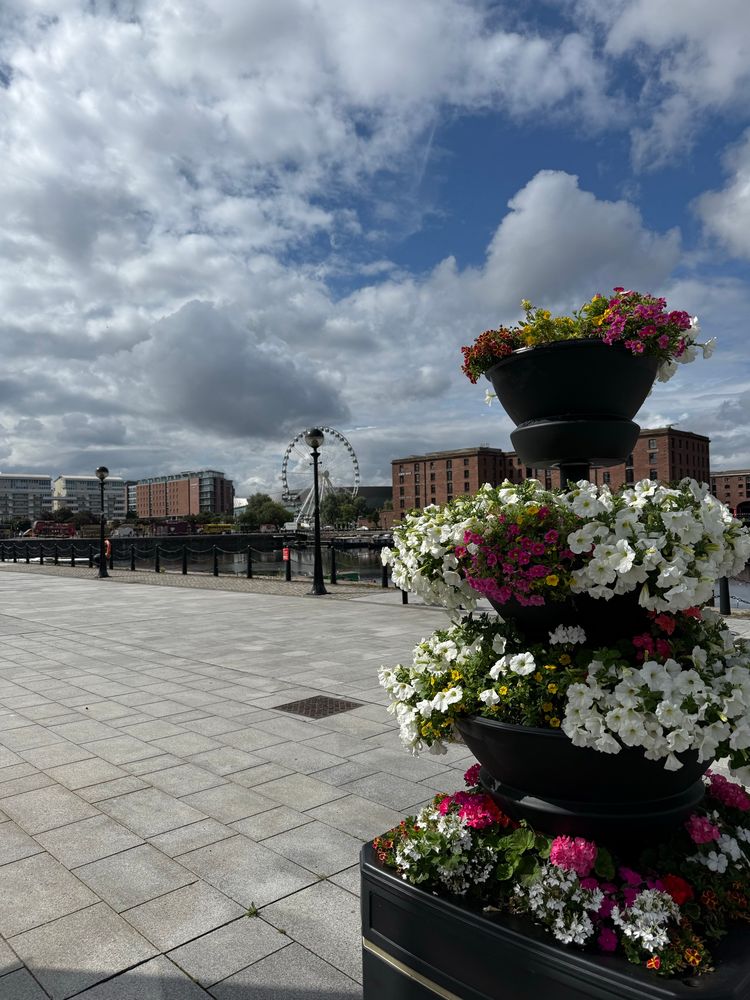
And i highly suggest taking a short walk along the river if you catch the sunshine
21.07.2025 09:47 — 👍 0 🔁 0 💬 0 📌 0For CSI COSI, I am very thankful to my co-chair Jishnu Das and steering committee @yuripritykin.bsky.social, Hatice Ulku Osmanbeyoglu, Aly Azeem Khan. And everyone who submitted their for consideration for this session www.iscb.org/ismbeccb2025...
21.07.2025 08:29 — 👍 3 🔁 1 💬 0 📌 0After a long trip and a long sleep, i am ready to enjoy the rich scientific program at #ISMBECCB2025 in Liverpool. This is also the first year of our new COSI in Computational and System Immunology (CSI) happening on Tuesday. And of course looking forward RegSys, as usual with fantastic organizers
21.07.2025 08:29 — 👍 5 🔁 2 💬 2 📌 0
AP story about the Bethesda Declaration is now up...
apnews.com/article/nih-...
I'm going to use this clip the next time I explain to my students why they shouldn't use AI to write papers...
29.05.2025 17:50 — 👍 164 🔁 50 💬 11 📌 2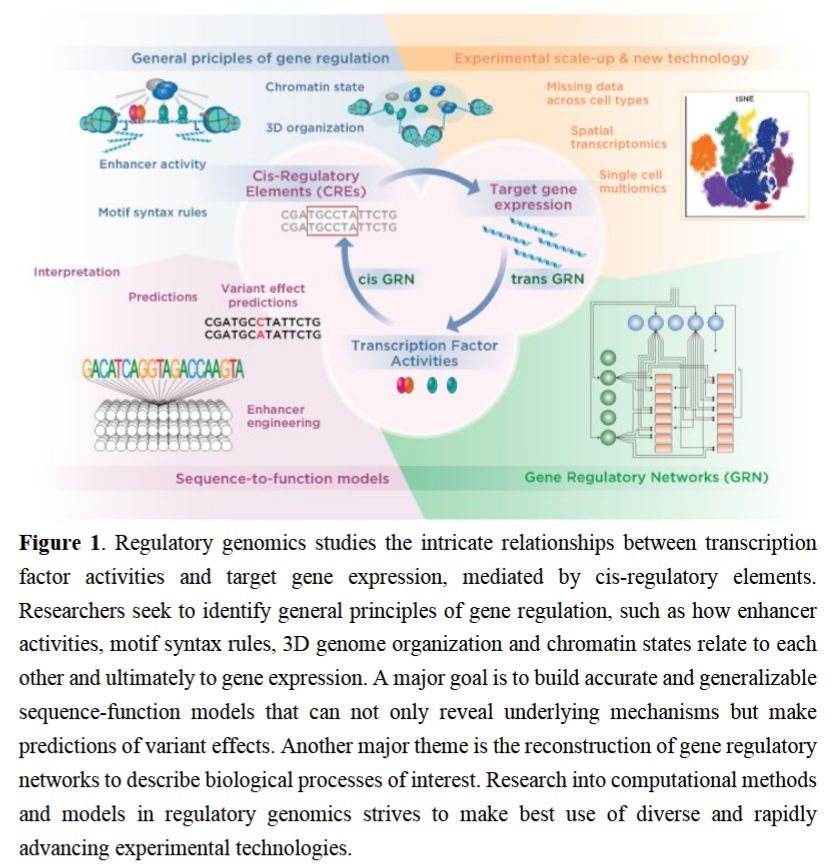
🧬 Just out in Bioinformatics Advances: "Perspective on recent developments and challenges in regulatory and systems genomics"
Find the full paper here: https://doi.org/10.1093/bioadv/vbaf106